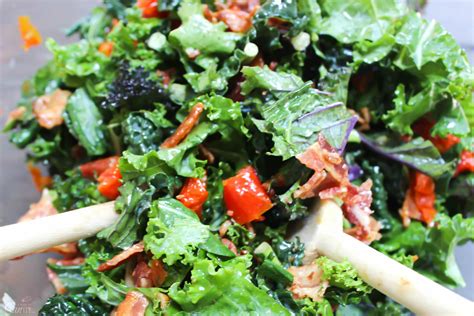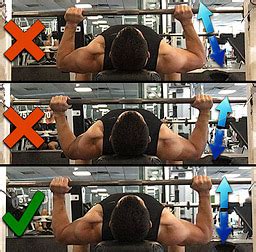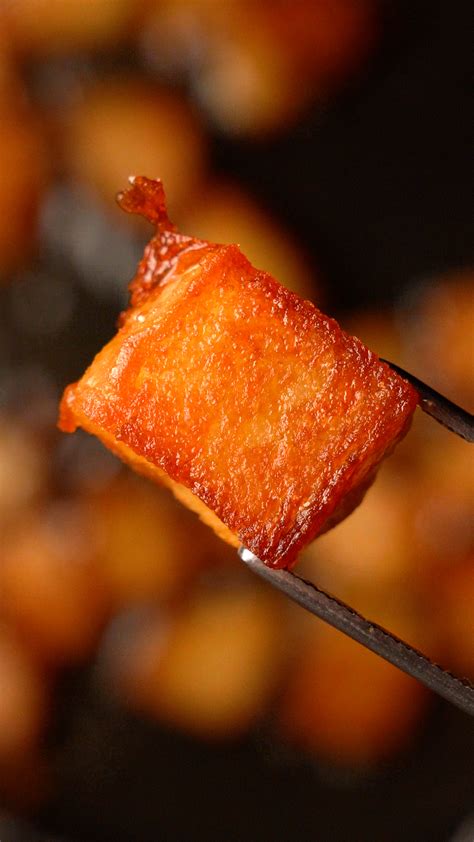Understanding Visceral Fat and Its Risks
Visceral fat, often referred to as “active fat,” is the deep abdominal fat that surrounds your internal organs. Unlike subcutaneous fat (the fat you can pinch), visceral fat poses significant health risks, including an increased likelihood of heart disease, type 2 diabetes, certain cancers, and inflammation. For men, accumulating visceral fat can be particularly concerning due to its metabolic activity and the way it affects hormonal balance. While a healthy diet is paramount, targeted exercise plays a crucial role in reducing this dangerous fat.

High-Intensity Interval Training (HIIT)
One of the most potent weapons against visceral fat is High-Intensity Interval Training (HIIT). HIIT involves short bursts of intense anaerobic exercise followed by brief, less intense recovery periods. This type of training is incredibly effective because it boosts your metabolism for hours after the workout (known as the “afterburn effect” or EPOC – Excess Post-exercise Oxygen Consumption), leading to greater calorie and fat expenditure.
Studies have consistently shown HIIT to be superior to steady-state cardio for visceral fat reduction. Examples include:
- Sprints: Running, cycling, or swimming at maximum effort for 30-60 seconds, followed by 1-2 minutes of active recovery. Repeat 8-10 times.
- Bodyweight Circuits: Exercises like burpees, jumping jacks, mountain climbers, and high knees performed in quick succession with minimal rest.
- Battle Ropes or Kettlebell Swings: Intense 20-40 second intervals followed by short breaks.

Strength Training (Resistance Training)
While often associated with muscle building, strength training is a fundamental component of visceral fat reduction. Building and maintaining muscle mass is critical because muscle tissue is metabolically active, burning more calories at rest than fat tissue. The more muscle you have, the higher your resting metabolic rate, which means your body becomes a more efficient fat-burning machine 24/7.
Focus on compound movements that engage multiple muscle groups simultaneously:
- Squats: Barbell squats, goblet squats, or bodyweight squats.
- Deadlifts: Conventional, sumo, or Romanian deadlifts.
- Bench Press: Flat, incline, or dumbbell press.
- Overhead Press: Barbell or dumbbell shoulder press.
- Rows: Barbell rows, dumbbell rows, or cable rows.
Aim for 2-4 strength training sessions per week, allowing for adequate recovery.

Moderate-Intensity Aerobic Exercise (Cardio)
Don’t overlook the power of consistent moderate-intensity cardio. While HIIT is excellent for intensity, longer, steady-state cardio sessions contribute significantly to overall calorie expenditure and improve cardiovascular health. These exercises can help create the calorie deficit necessary for fat loss, including visceral fat.
Examples include:
- Brisk Walking or Jogging: Aim for 30-60 minutes, 3-5 times a week.
- Cycling: Road cycling, stationary bike, or spin classes.
- Swimming: A full-body workout that’s easy on the joints.
- Elliptical or Rowing Machine: Effective for burning calories with less impact.
Integrating a mix of HIIT, strength training, and moderate cardio offers a comprehensive approach to visceral fat reduction.

The Role of Core-Specific Exercises
While often mistakenly believed to “burn belly fat,” exercises like crunches and sit-ups primarily strengthen your abdominal muscles, they do not directly reduce the fat covering them (spot reduction is a myth). However, a strong core is essential for overall functional fitness, posture, and preventing injuries, which supports more effective full-body workouts. Incorporate core exercises at the end of your routine:
- Planks: Engage the entire core, including deep stabilizing muscles.
- Leg Raises: Target the lower abs.
- Russian Twists: Work the obliques.
- Bicycle Crunches: A dynamic exercise for rectus abdominis and obliques.

Beyond Workouts: A Holistic Approach
Exercise alone is only part of the equation. To effectively reduce visceral belly fat, a holistic approach is crucial:
- Nutrition: Prioritize whole, unprocessed foods, lean protein, healthy fats, and complex carbohydrates. Reduce sugar, refined grains, and excessive alcohol.
- Sleep: Aim for 7-9 hours of quality sleep per night, as poor sleep can increase cortisol levels and promote visceral fat storage.
- Stress Management: Chronic stress elevates cortisol, contributing to belly fat. Incorporate stress-reducing activities like meditation, yoga, or hobbies.
Conclusion
Reducing men’s visceral belly fat requires a strategic and consistent approach to exercise. By combining the metabolic boosting power of HIIT, the muscle-building and calorie-burning benefits of strength training, and the sustained calorie expenditure of moderate cardio, men can significantly reduce this dangerous fat. Remember to complement your workout regimen with a healthy diet, adequate sleep, and stress management for optimal and lasting results.




